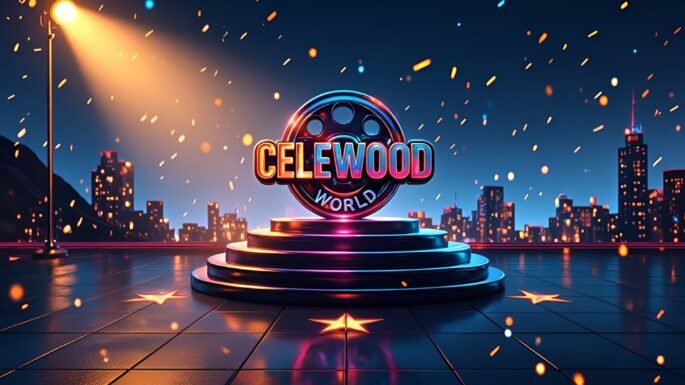Article –
In late 2025, Hollywood saw a significant shift as several established industry veterans invested heavily in vertical video storytelling, a format featuring short, soap opera-style episodes made for mobile viewing. This move responds to a slowdown in traditional film and episodic TV production schedules in Los Angeles.
How We Got Here
The film and television industries have continually adapted to changing consumer habits and technology. The rise of smartphones and social media over the past decade popularized vertical video, especially through platforms focused on short-form content. Although initially dismissed by some as a passing trend, vertical storytelling has gained traction for effectively engaging younger, mobile-first audiences.
While studios and independent producers have experimented with vertical videos in recent years, this latest wave marks a strategic commitment by seasoned Hollywood figures recognizing shifts in attention spans and the increasing demand for mobile-optimized content.
Why It Matters to Hollywood
This shift toward short-form vertical storytelling could fundamentally change how Hollywood develops, finances, and distributes content. As traditional production slows and competition grows from global streaming and new media, vertical stories offer a cost-effective way to attract fragmented audiences.
Key advantages include:
- Serialized structure: Often soap opera-like, promoting regular viewer engagement.
- Higher retention: Frequent episodes encourage consistent viewing and monetization via ads and branded partnerships.
- Labor market impact: Production workflows and talent needs may evolve, influencing industry employment patterns.
Response from Stakeholders
Industry reactions are mixed. A major studio executive noted, “Vertical content is a natural evolution as viewers increasingly consume media on handheld devices. Our aim is to innovate without compromising storytelling quality.” However, some traditionalists worry about losing the depth and artistry typical of conventional films and TV.
Audience feedback shows growing interest among Gen Z and millennials who prefer bite-sized narratives suitable for on-the-go lifestyles. Social media engagement indicates active fan bases for new vertical series with potential for growth.
Looking Ahead
Several high-profile vertical projects are set for release on multiple short-form platforms. Also, studios are negotiating deals with mobile distributors to expand reach and improve monetization.
This embrace of vertical storytelling may accelerate investments in production infrastructure tailored to these formats, affecting casting, scripting, and marketing strategies. The success or failure of these ventures is likely to influence Hollywood’s content development direction amid evolving viewer habits and economic pressures.
In summary, Hollywood’s bet on vertically formatted short-form content reflects a strategic response to modern audience behavior and consumption technology trends. This large-scale investment by experienced industry figures signals a willingness to innovate within a rapidly changing entertainment landscape.


